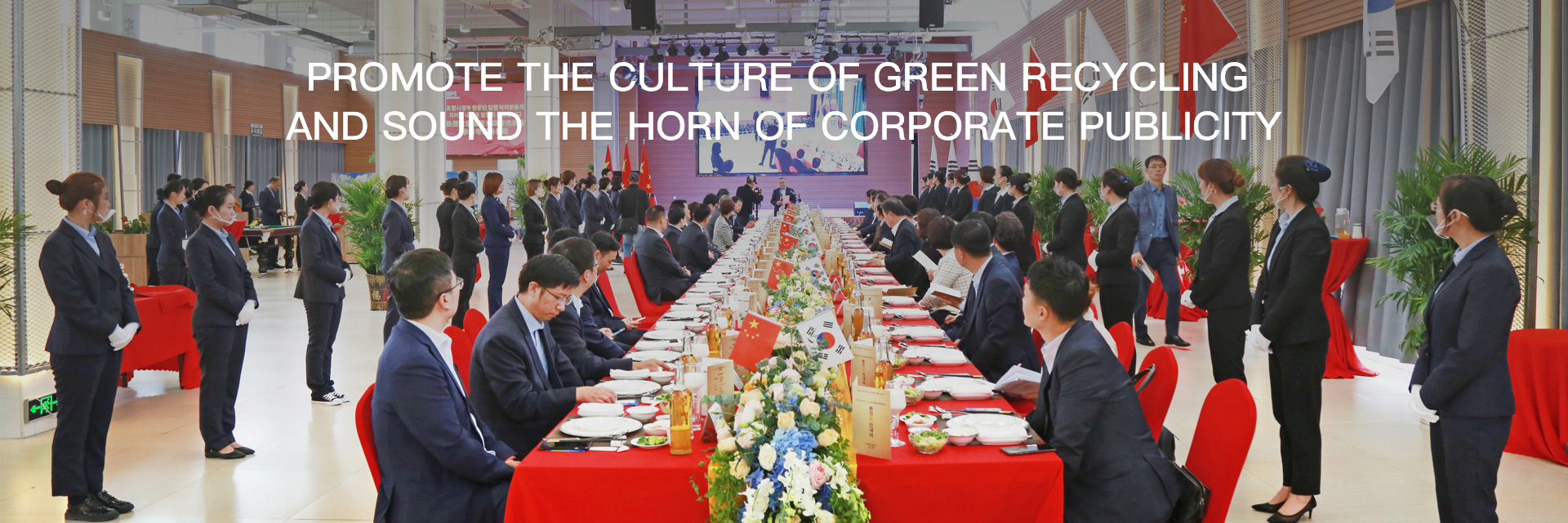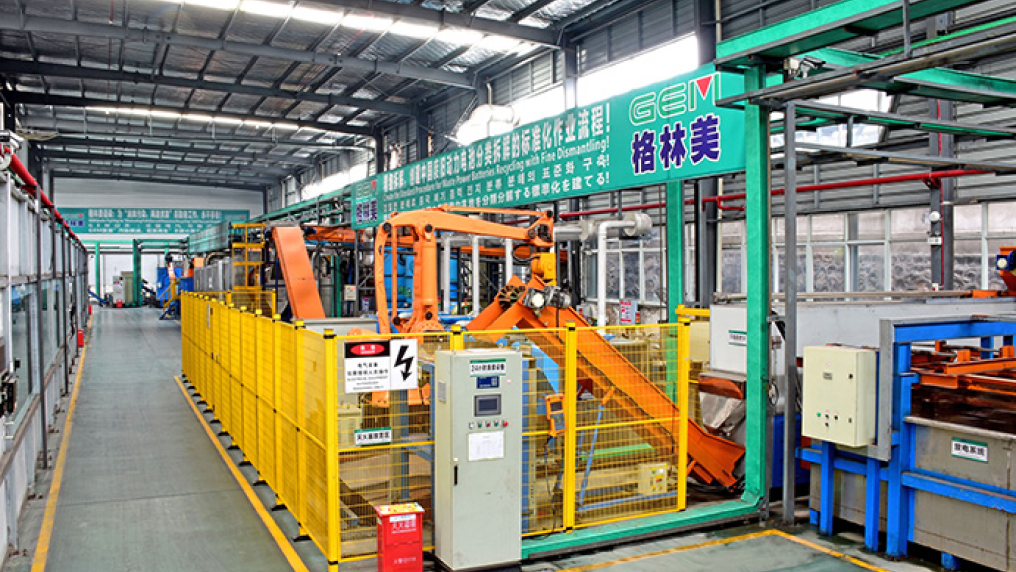

Source:Ellen MacArthur Foundation
Link:https://ellenmacarthurfoundation.org/circular-examples/gem-china
GEM Co. Ltd (GEM) collects and recycles precious metals and other valuable materials from discarded batteries and electronics.
“Resources are finite but recycling is infinite.” GEM
GEM’s circular approach keeps materials in use, avoiding the creation of toxic waste, and conserves valuable resources.
The Chinese government’s target to increase the number of electric vehicles (EVs) to about 20% of the automobile market by 2025 has created an urgent need to provide a sustainable solution for used EV batteries. China already has the world’s largest market of electric vehicles. By 2019, there were more than 2.5 million EVs in China, compared to the EU and US which together had under a million. The first generation of EVs have already reached the end of their useful life. It’s estimated that by the end of 2020, China produced 240,000 tonnes of EV battery waste, a volume that is projected to double by 2022.
GEM operates in 16 circular industrial hubs used for the recycling of waste batteries, discarded electronics and scrapped cars. GEM’s technology enables the recycling of scrapped lithium batteries from EVs, extracting nickel, cobalt and other important resources, transforming them into components used by battery producers like Samsung SDI and Ecopro Co Ltd.
GEM are internationally recognised for their resource collection and recycling of:
GEM is leading the high-tech recycling market in China. However, while recycling is vital, a higher value-conserving strategy would focus on the design stage of electronics products so that redundant items can be easily disassembled and reused. Recognising this, the Chinese government is planning to set standards and regulations based on the principles of Extended Producer Responsibility to further scale the sector. Companies like GEM could play a role by feeding in expertise and experience in dealing with end-of-life products.

BottomGraphic · MainBusiness · CentralScroll ·
GEM Introduction Guangdong ICP No. 11096806-1©2008-2021 GEM Co., Ltd. All rights reserved
Address:Sopo Del Tower A Lantai 22 Unit A, Jalan Mega Kuningan Barat 3 Lot 10.1-6 Kawasan Mega Kuningan, Jakarta Selatan 12950
Telephone:+62-2150806594

Scan QC Code
BottomGraphic · MainBusiness · CentralScroll · GEM Introduction Guangdong ICP No. 11096806-1©2008-2021 GEM Co., Ltd. All rights reserved